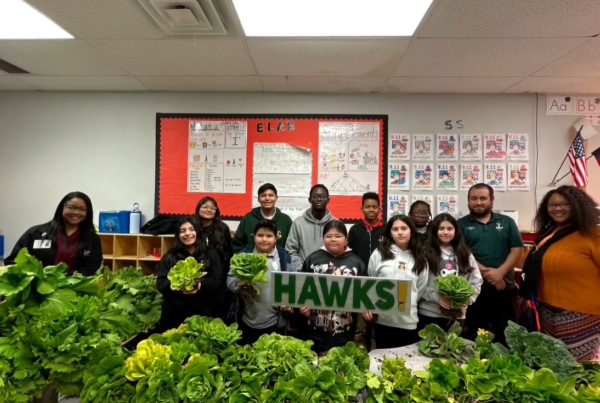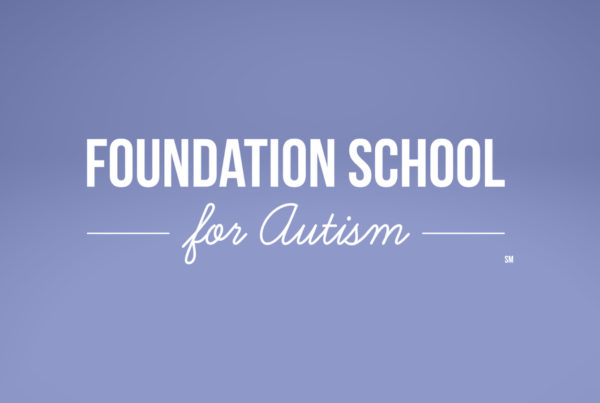This year was Corinth Classical Academy’s first time competing in FIRST LEGO League, but that didn’t stop one of their teams, The Crash, from taking home the trophy at their first competition. Beyond their robotics skills, the students were judged on their research and presentation skills as well as the character they displayed.
Michelle Cook, wife of ResponsiveEd CEO Chuck Cook, introduced FIRST LEGO to Corinth Classical Academy after seeing her own son’s success in the program.
“FIRST LEGO League is not just any robotics program. It stands out as relevant to a classical school because there are three components. The most obvious is the robotics aspect, but it also has a research and a core values component that are equally as important. As part of the research, the students have to present it to the local community, which fits really well with classical education because it goes beyond the school to impacting the world around you,” said Mrs. Cook.
Beyond the character and research components, campus director Amie Giacumakis believes the program adds a positive Science, Technology, Engineering and Math (STEM) component to the school’s curriculum.
“We are a classical school, but we also want to offer students a chance to explore STEM. The FIRST LEGO League program is great because it provides that STEM opportunity in a way compatible with classical values because it goes beyond just programming and building a robot,” said Ms. Giacumakis.
Ronica Millerborg and Katie Happ took on the challenge of teaching three teams of six students in the robotics class. While the program is a class, the work has to be completely student driven. In order to help students take responsibility, each of the six members of each team took on a different role. Members of The Crash team, Cole Happ was particularly interested in robotics so his role was chief builder, while Colin Parks, who was more interested in the technicalities of the game, took on the role of lawyer.
For the robotics aspect, the students had to build and program a robot able to complete different missions to score points. Whether it be moving an object on a board or retrieving an object, the robot had to be programmed with very specific instructions because the students couldn’t touch it until it returned to the base.
“We had to build a robot that could do a lot of things, but we also had to be very exact in the directions we programmed into it. We took the base design, but then added these prongs and modified the wheels and how it drives. We tested to see how the basic robot worked on the course and then we modified it to do better the missions. The programming is really important because if you mess up in the first part, it will throw the rest off and you might not complete the mission,” said Cole.
The students are given three tries to score as many points as possible in two and a half minutes. Their highest scoring mission is added to the robotics portion of the overall score.
The research aspect of the competition challenged students to identify a problem in relations between humans and animals, and the to propose a way to solve it. The Crash chose to tackle rhino poaching.
“We thought their topic might be too challenging, but because it was their choice they were interested and invested. They actually did some great research on a complicated issue and had some good solutions. They suggested improving the use of drones. A challenge is the battery life of the drones, so they suggested placing charging ports along the drones’ routes,” said Ms. Happ.
Each member of the team had a specific role from builder to researcher, but all of the students memorized the core values and presented different parts of their research for the judges.
While the students performed well on the research and and robot aspects of the competition, their real strength was the core values and character component. Throughout the event, unknown judges walked around noting the behavior of each team.
“I think the character piece was really the reason why our students won the competition. Because we are a seven habits school, we really incorporate the core values well. During the breaks a lot of the other teams were on their phones, but our students were talking together and playing cards completely of their own volition,” said Ms. Millerborg.
At one point during the day, one team sabotaged another team. The Crash volunteered to help the struggling team.
“You can use Bluetooth on the robots. Someone connected to this team’s robot and deleted all their programming. We heard what had happened so we went over to ask if they wanted our help and needed any parts,” said Colin.
With their win, The Crash was able to bypass the qualifying rounds and head straight to the North Texas regional competition. The school’s other two robotics teams did well in their own qualifying rounds, but they didn’t make it to the regional competition.
At the February 4th regional competition against 391 other teams, The Crash received the Gracious Professionalism award for their overall respect and kindness as a team.
![]()






